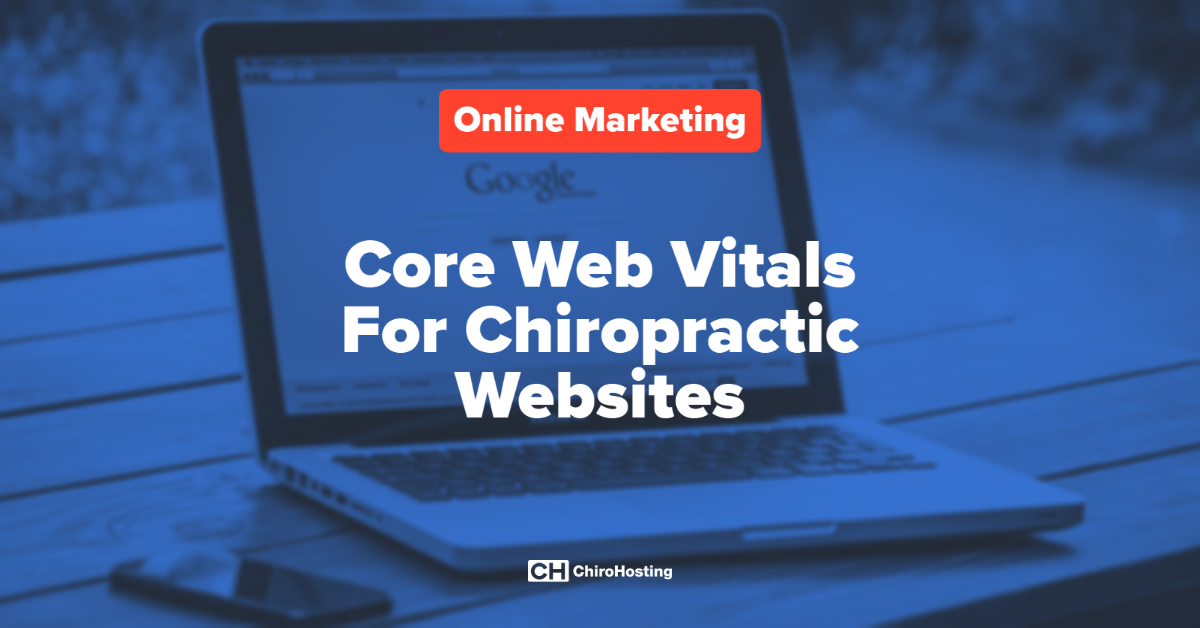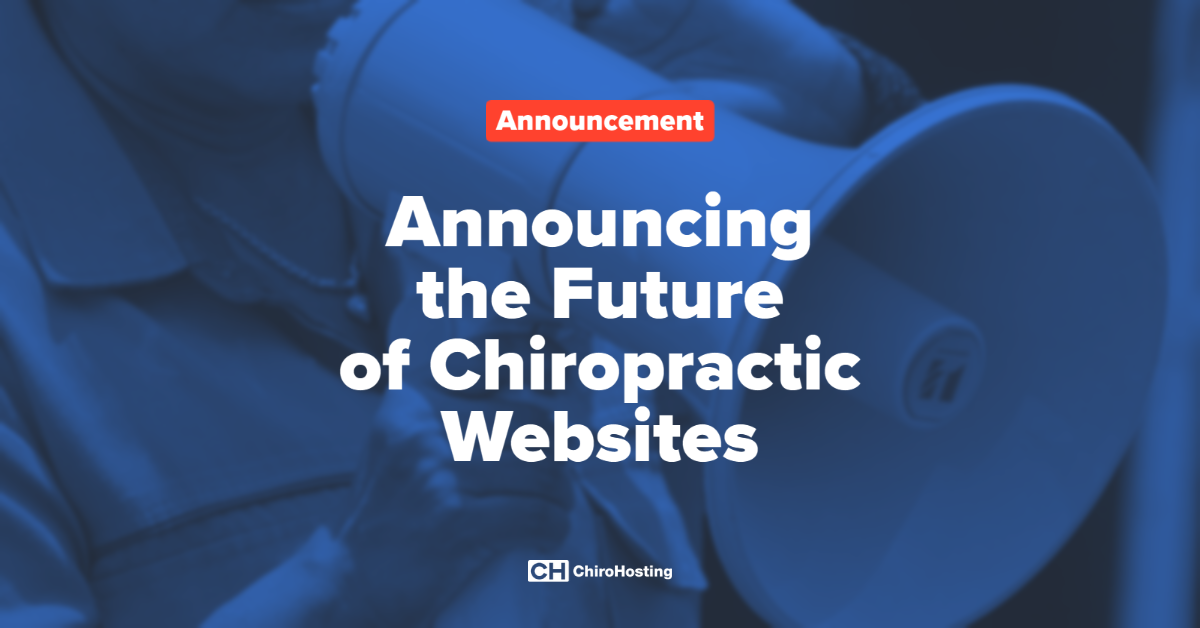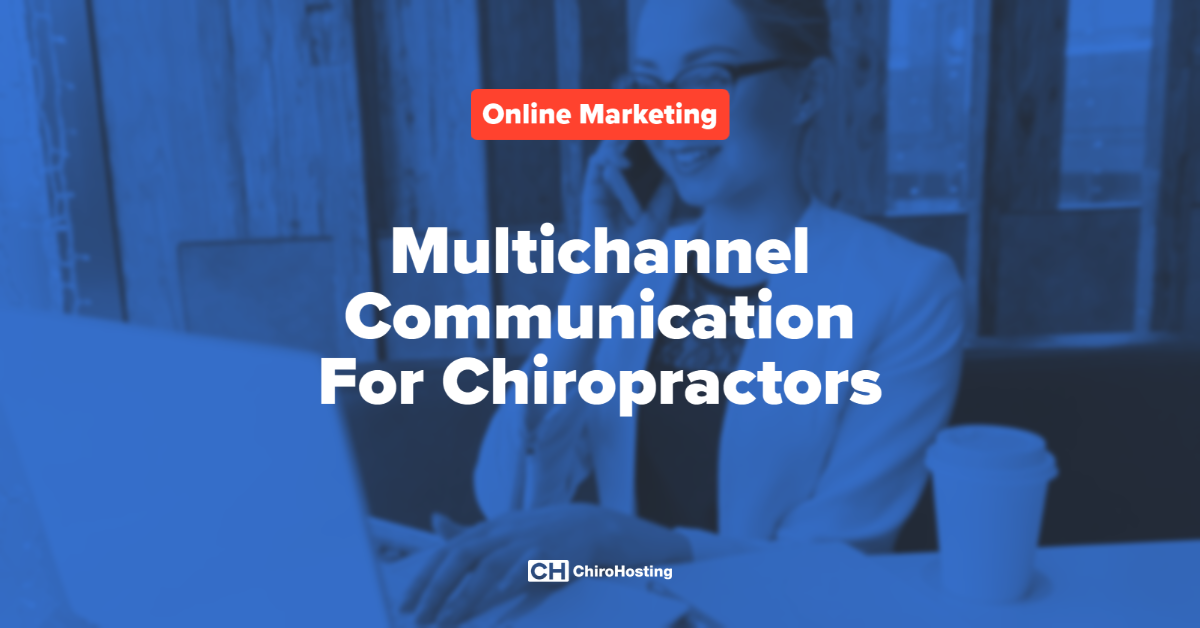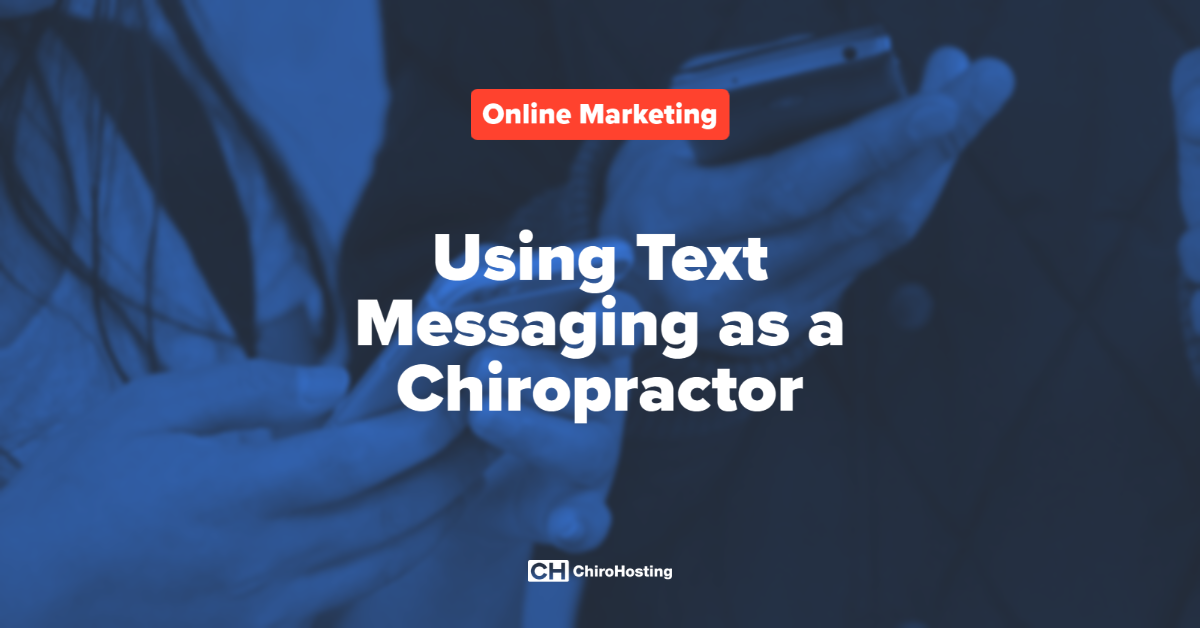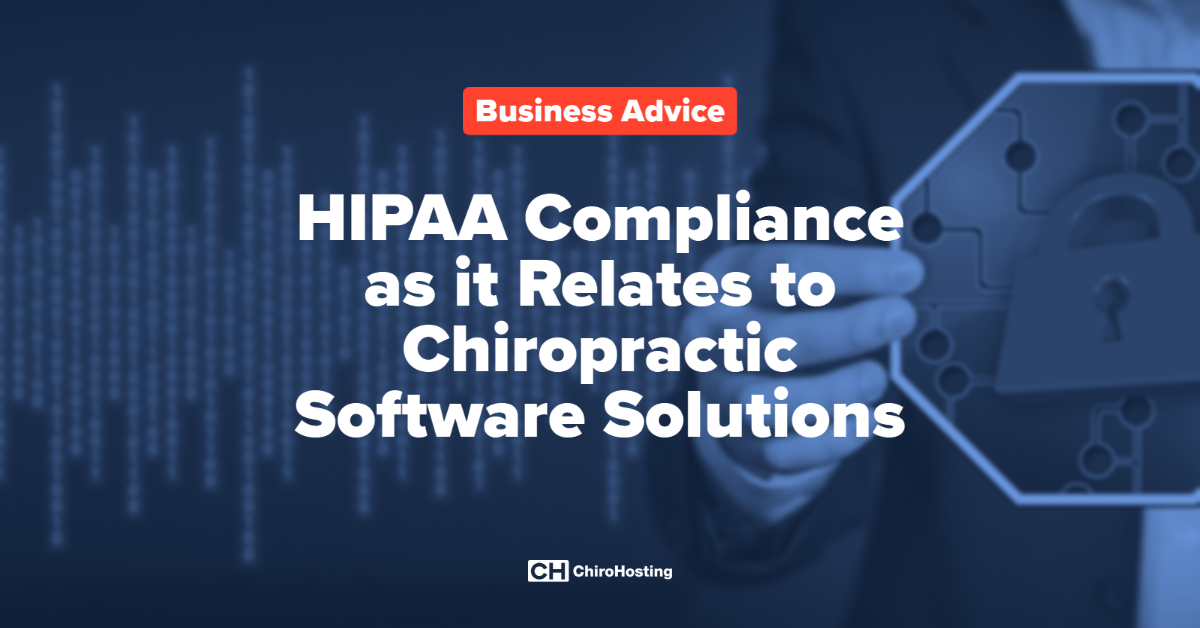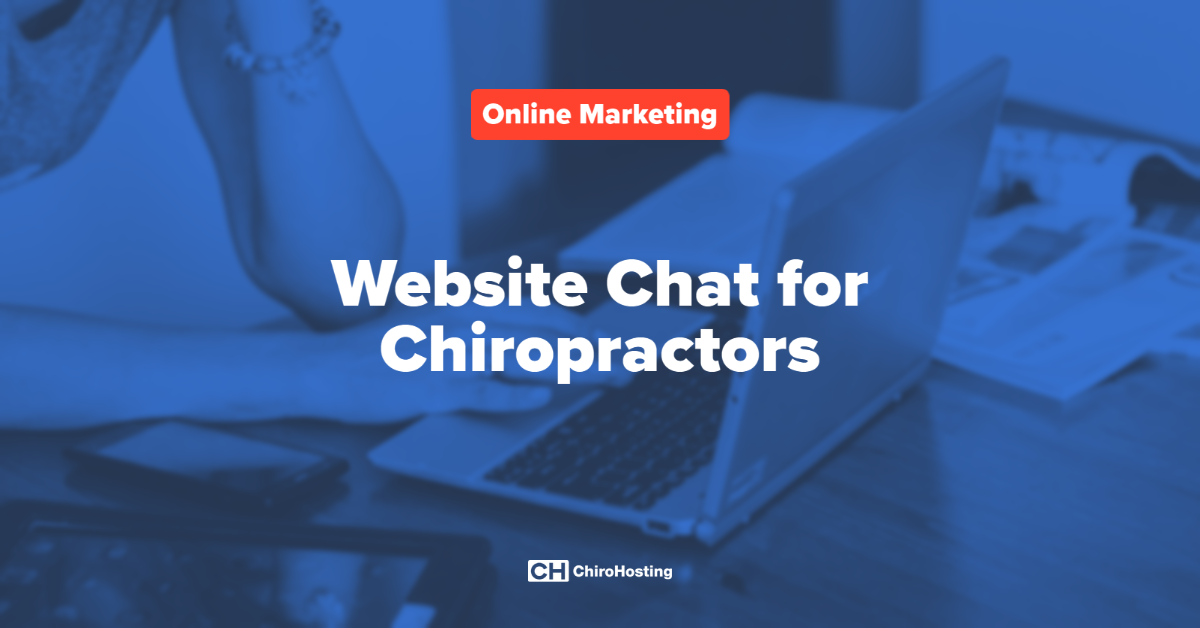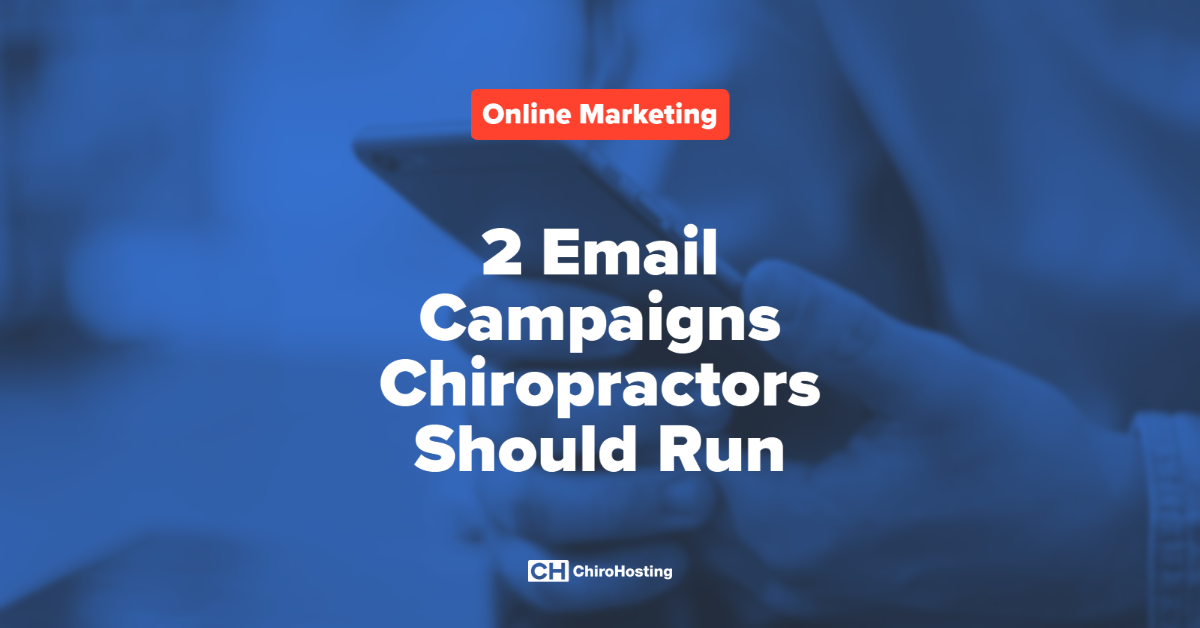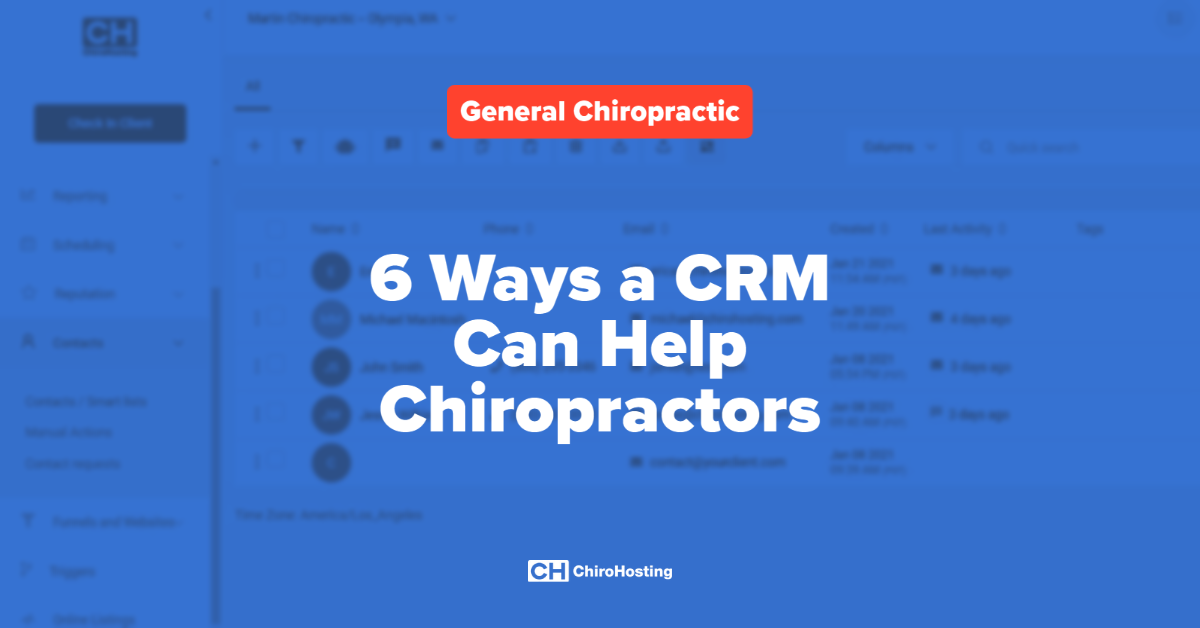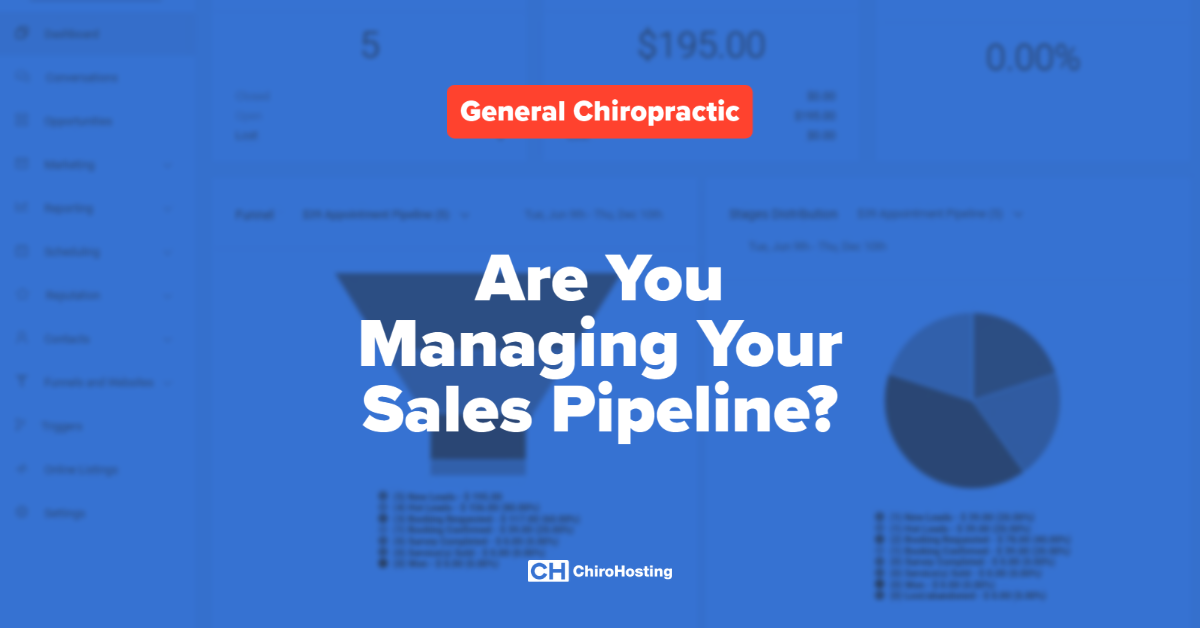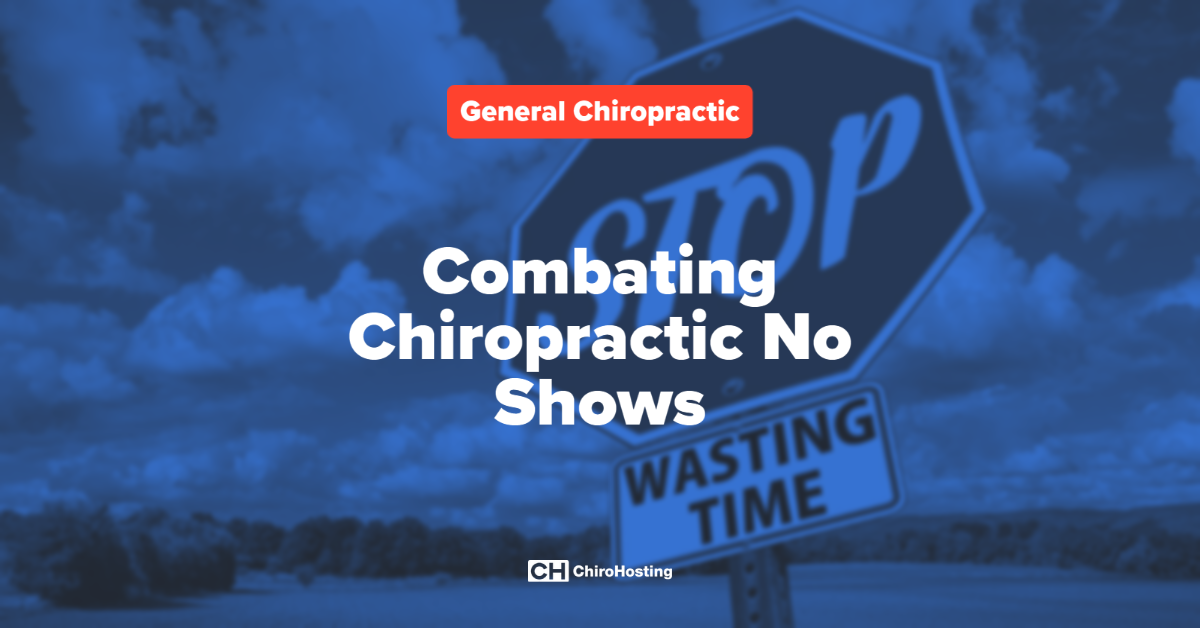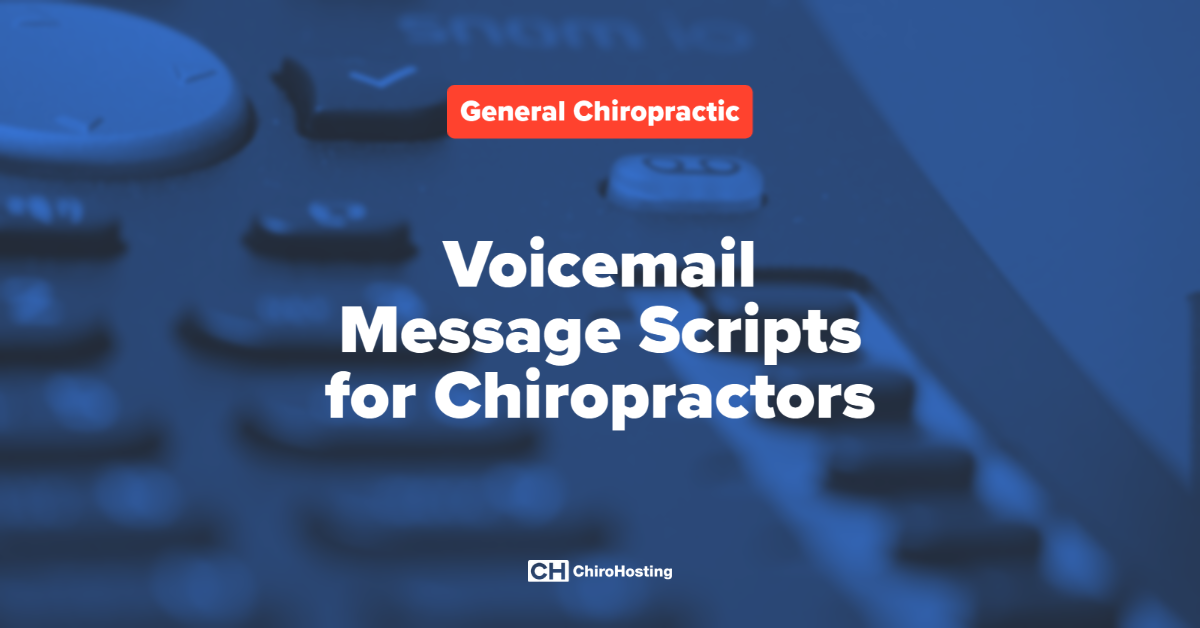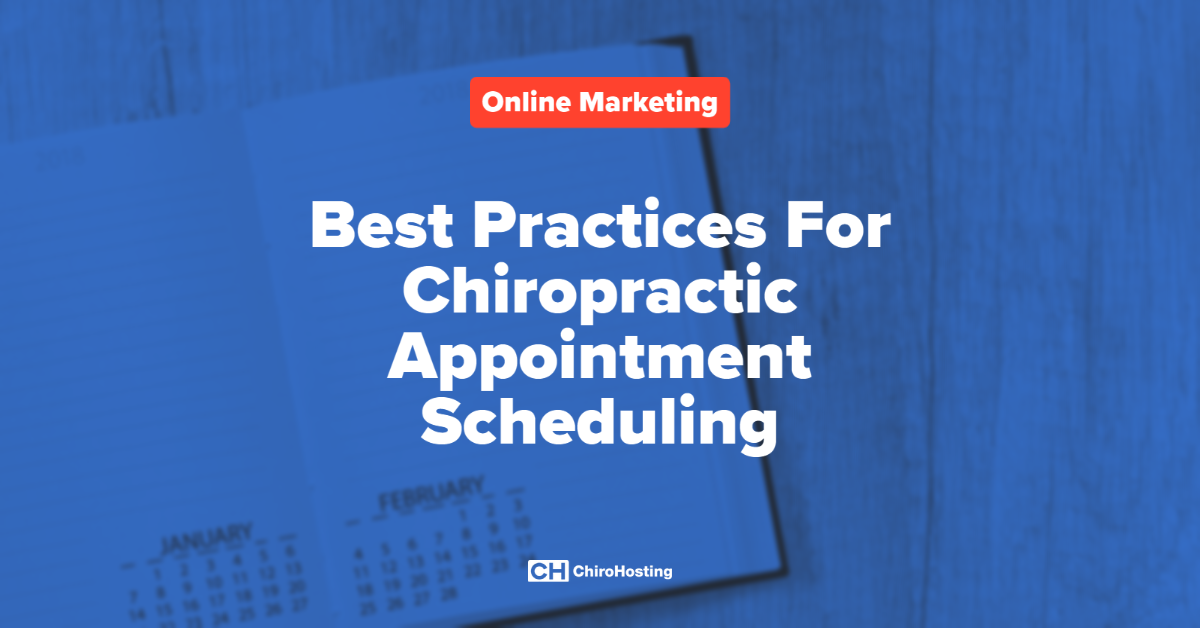
If you’re not running email marketing programs, then you should rethink your digital marketing plan. Email marketing is one of the oldest and most effective digital marketing techniques.
In this blog post, we’re going to take a few minutes and look at two types of email campaigns that you can run right now. We’re also going to look at timing/cadence, template, content, segmentation, and measuring performance for each. Here are three email campaigns that you can create today.
1. Email Newsletters
If you’re already sending out a newsletter, then you can skip this point or you can read it to get some additional ideas.
Timing and cadence
We recommend sending out a monthly or quarterly newsletter depending on your bandwidth. If you’ve got the time or the resources, then we would say opt for monthly otherwise quarterly newsletters are okay. However, if you aren’t able to support a quarterly newsletter, then it might be better to hold off on newsletters for a while. Better to do something well or not at all.
Template
Using the same template every month and just switching out the content, will provide consistency for your newsletter recipient list. Providing a consistent experience will inspire trust with your newsletters and brand.
Here are a few other tips for your template:
- Make sure it’s mobile-friendly. It should display well on all devices.
- Make sure it’s scalable. If you have more items you want to include one month, make sure you can easily add them or vice versa if you have items you want to remove in another month.
- Make sure it’s easy to read. Remember the template is just the frame for your content, it shouldn’t overpower it.
It’s worth taking the time upfront to lock down a solid template for your newsletters since you’ll be reusing it on a regular basis.
Content
What content you put in your newsletters is entirely up to you. But to help you get started, we’re including a list of ideas here:
- Letter from the doctor - This could be a quick note or a longer letter in every newsletter that just provides some thoughts and updates from the doctor.
- Special offer - You could include a promotion or special offer in newsletters.
- Latest blog posts - If your practice writes blog posts, you could include the links and brief descriptions to the latest posts.
- Description of a service - If you offer a variety of different services, then you could highlight a benefit of a service in each newsletter.
- Patient testimonials or case studies - If you have happy patients, then share that happiness. Get permission to use testimonials in your newsletters. Or you could take it a step further and create case studies as blog posts or short videos that you could share.
- Health fact - You could include a fun health fact in every newsletter.
- Event calendar - If you ever hold special events at your practice, you can showcase them in your newsletter.
We hope these ideas help you get started with an email newsletter draft!
Segmentation
Your segmentation refers to your recipient list. Who should you send your newsletter to? We recommend sending it to your current patients and others who have subscribed via your website. With that said, you’ll need to add a form on your website so that people can easily subscribe to receive your newsletters. Make sure you follow CAN-SPAM compliance rules when it comes to email.
2. Promotional Emails
Another type of email campaign you should run is a promotional email to help you showcase a special offer and drum up more business. A promotional email is different from a newsletter in that the promotional email should focus on one offer. Your goal is to get someone to claim that offer so your focus should be fairly singular.
Timing and cadence
We don’t recommend running promotional emails as frequently as newsletters unless you have a good handle on them and a pulse on your metrics like unsubscribe rates. You’ll have to develop a cadence that works for your practice and your lists so you don’t fatigue them.
Template
You can experiment with your template for promotional emails from email-to-email or you can lock down a template to reuse. Either way, you’ll want to make sure that your templates showcase your special offer, are clear and easy to read and provide a clear call to action, which is usually a button. Make sure the call to action stands out.
Content
The content for your promotional email should essentially include:
- The title of your special offer
- A description of your special offer
- The terms of the special offer
- Your call to action to claim the special offer
Segmentation
Who should get your promotional email? Well, it depends on a number of factors, but here are some examples of different segments:
- Existing patients - You could run a promotion targeted at existing patients to cross-sell them on additional services. Or you could run a promotion to get existing patients to come in for regular adjustments.
- No shows - Ever have people book an appointment and never show up? You could do a special promotion for this group to try to get them in the door.
- Past patients - Did you have patients who stopped coming to your practice for whatever reason? You can run a promotion to try to get these old patients to come back.
- New patients - Do you have a mailing list of people who opted in for email communications, but haven’t had an appointment with you yet? Then you can try to convert these contacts into patients with a special offer targeted at them.
Finally, we’ll look at how to measure performance for your email campaigns.
Measuring Performance
Your email performance should be measured using the following metrics:
- Delivery rate - If you’re getting a delivery rate of less than 95%, then your list might need to be cleaned up. A low delivery rate means that email addresses might be outdated or the data could be wrong.
- Open rate - Your open rate is largely related to your subject line and the sender. If you have a catchy subject line, then your open rate should go up. Also, if people don’t recognize the sender, then they might not open the email or they could flag it as spam. That’s why it’s important to make sure you only send emails to those who have opted in.
- Click to open rate - This is the percentage of people who clicked on the email from those who opened it. For example, if you sent an email to 100 people, 10 people opened it and 2 people clicked, then your click to open rate is 2 divided by 10 or 20%. The higher click to open rate you have, the more engaged with the content your recipients are.
- Unsubscribes - If you’re getting a lot of unsubscribes, then this isn’t good news. It can actually dock you when you send future emails. You could be flagged as spam. You’ll want to make sure you keep your unsubscribes low. It’s natural to get a few unsubscribes because people might change their preferences, but if you’re getting more than that, then that’s a red flag that you need to pay attention to.
- Conversions - If you’ve included an offer in the email, then you’ll want to track how many people claim that offer.
- Engagement - Other engagement metrics are also important to analyze. These could be things like how much time people spend on a page that they came to from your email or the bounce rate on that page. It could also be the read versus skim rate on email. Whether people reply directly to the email and many more.
These numbers will be different for every practice because every practice is unique, so it’s more important to establish a baseline of your own performance and then measure against that performance moving forward. You’ll want to improve over your past performance with each send.
We hope these two email campaign ideas will help you with your digital marketing strategy! If you want help designing your campaigns, then we’d be happy to help you. Or if you need an email marketing tool, then we’ve got you covered there as well with our Chiropractic CRM platform. Send us an email at support@chirohosting.com to learn more.



